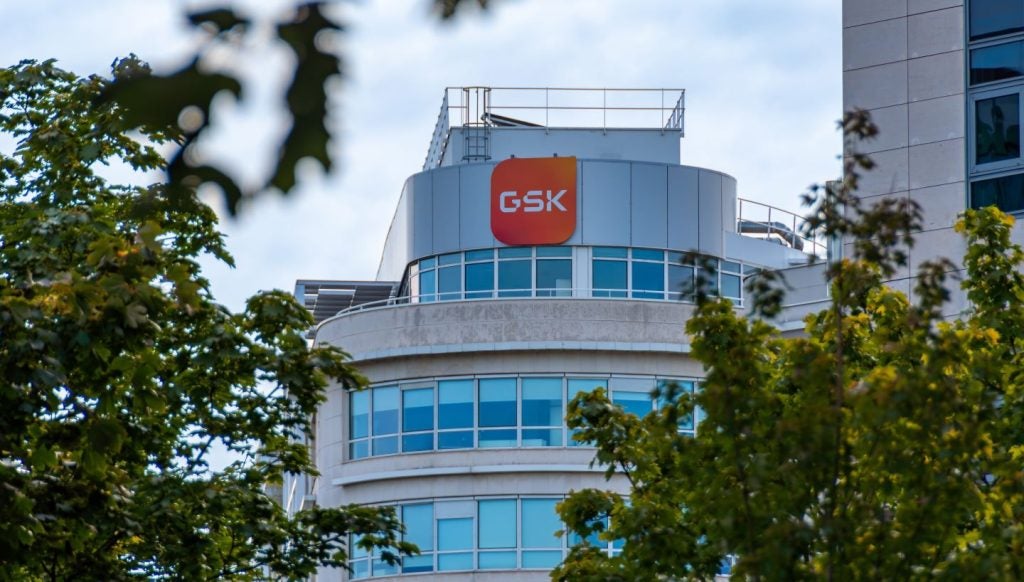Advances in technology, along with changing local regulations compliant with global guidelines in Asia, has caused mutualization and regionalization to become accelerated in clinical operations. New methods of re-structured clinical operations should be sought to ensure a more efficient and productive way of clinical supplies management that is different from localized methods of supply. When investigating an optimized way of supply management, the first priority should be to reduce the overall cost. Other important aspects of an investigation should include an improvement with the compliance as well as efficient quality management. There are several points that need to be considered when finding a way to optimize supply management processes. Before an investigation of these factors can take place, we should remember that it is not possible to find one best way which is applicable to every project, even if we take into consideration every factor. Therefore, we should remain flexible in our approach to each project and stage so that it can be obtained through explicit forecasting and expertise on local specificities.
Through a review of the current practice within the Asian region, we will be able to find out how to optimize regional supply management. This context will only focus on which IP (Investigational Product) and non-IP are distributed, recovered and destroyed.
Cost
Money that is paid directly to the service provider (Transportation and storage provider) can be categorized into Depot management, shipment, recovery process and tax.
See Also:
With regards to depot management, one payment of depot set-up and a monthly project management fee will be the main part; both can be reduced by a decreased number of depots concerned per project. In addition, we can expect to save money on bulk receipts by reducing the number of depots. It may be hard to reduce monthly storage and relabeling fees that are linked to the total volume and number of batch IPs and non-IPs. But if we reduce the number of depot, it can in turn reduce the whole volume of IP needed for the region. We can modulate the whole volume of shipment fee through the optimistic use of the regional hub and local depot considering the frequency of international shipments and local courier costs. It is crucial to remember to include the costs when estimating the price of the shipment, the individual shipment volume, as well as storage conditions. When it comes to the recovery process, concerned local regulation for exports of used and unused IP, and the frequency of returns from sites should be taken into consideration. Even if custom duty and VAT is not a big portion of the cost, we shouldn't miss some of the benefits from FTA (free Trade Agreement) and FTZ (Free trade zone).
How well do you really know your competitors?
Access the most comprehensive Company Profiles on the market, powered by GlobalData. Save hours of research. Gain competitive edge.

Thank you!
Your download email will arrive shortly
Not ready to buy yet? Download a free sample
We are confident about the unique quality of our Company Profiles. However, we want you to make the most beneficial decision for your business, so we offer a free sample that you can download by submitting the below form
By GlobalDataHere we have to think about the hidden costs which are veiled in the direct cost. That includes the cost to produce IP and source non-IP, the shipping charge to the depot, the local resources needed for depot set-up and payment, and local resources for training and quality management. Additionally, a centralized depot setup and training can save our money and human resources thus improving efficiency.
Supply Chain model
Usually, we have three aspects within the supply chain model: The local depot model, the Central depot model (Regional hub) and the Hybrid depot model. The most realistic model is the hybrid depot model, but there are still areas where improvements can be made to produce maximum optimization. Even though the Hybrid model is the most flexible and suitable for an adaptive trial design, project management is complex and more needs to be paid for depot set-up than in the Regional hub model. For each study, we will select different participating countries, distribution schedule and storage condition for the IP and non-IP. To find the most optimistic supply chain model in each study, global storage and transportation provider should have several prerequisite as follows:
- Depot: Multi regional hub/ Certified local depot/ Certified local partner (Third party partner audited to global standards)
- Management: Representative from both parties -> Project leader (from clincial operation, different person from study + Program leader (Coordinator from Service provider, responsible for one sponsor)
- Networking: Partnering and leveraging region clinical supply network
- Based on those prerequisites, I propose the following Hybrid Model to be the most flexible and adaptive to study a design.
Under the master contract between the head office of the Sponsor and Global service provider, a central project set-up and management should be possible. In addition, quality check and training should be centralized under the responsibility of the project leader and program leader. The program leader from each service provider should suggest the most cost-effective route per study with their facility.
In the New EU Guideline on GDP, first published on March 8th, 2013 as 2013/C 68/01 and updated on November 5th, 2013 as 2013/C 343/01, we can find three key terms: New technology, increasing globalization, and training and education (continuous and importance of training record tracking). New technology allows us to have a more efficient and globalized operation. It can also reduce costs and be more compliant to regulations.
Conclusion
To find an optimistic route per study, we bear in mind four key words: Forecasting, Flexibility, Quality assurance and collaboration. The best model for study can be suggested based on descriptive forcasting. Through the establishment of global standards and audit processes, the service provider can extend their local facilities. These networks, along with a qualified storage site, will allow us more flexibility. First of all, collaboration between the Sponsor and the global service provider is essential to improve compliance and to find the most cost-effective route.









